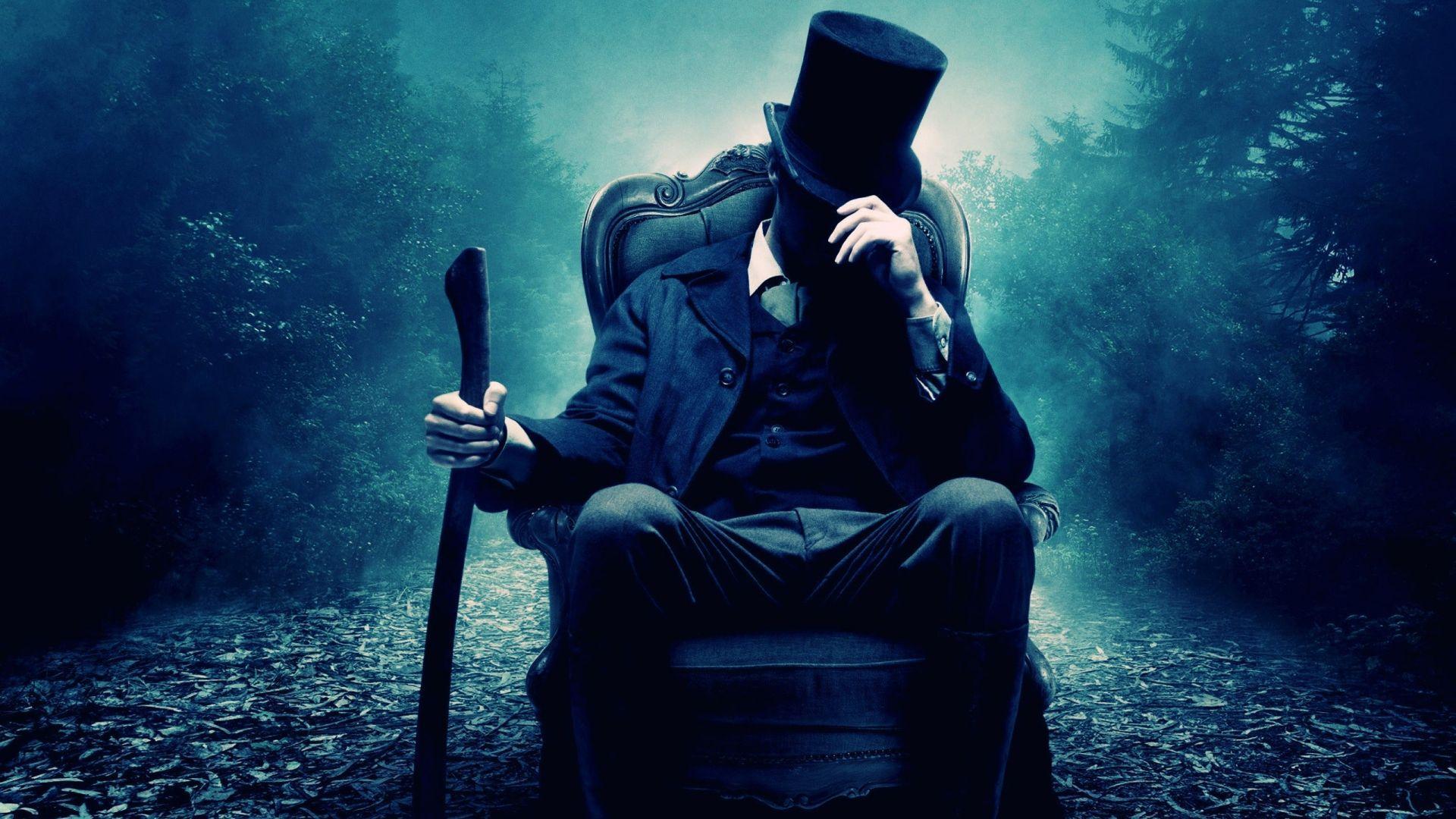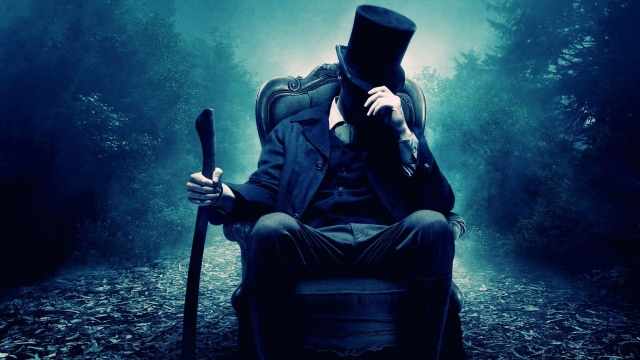
Magic has long captivated audiences around the world, with its ability to mystify and astound onlookers of all ages. At the heart of this enchanting world lies the enigmatic figure of the magician. Through a combination of skill, showmanship, and a touch of the extraordinary, magicians have the uncanny ability to transport us to realms where the impossible becomes possible. Behind the curtain of illusion and sleight of hand, secrets are carefully guarded, adding an air of mystique to this ancient art form. Join us as we delve into the captivating world of magicians, where reality is but a mere suggestion.
The History of Magic
Magic, an art form that has captivated audiences for centuries, has a rich and fascinating history. The roots of magic can be traced back to ancient civilizations such as the Egyptians and the Greeks. In these early societies, magic was often intertwined with religion and mysticism, with practitioners performing rituals and illusions to invoke spiritual forces.
It wasn’t until the Middle Ages that magic began to evolve into a more structured and entertainment-focused form. During this time, traveling performers known as "conjurers" would entertain crowds with feats of sleight of hand and mind-boggling illusions. These early magicians often used their skills to dazzle audiences and also to make a living as performers.
The art of magic continued to develop and gain popularity throughout the Renaissance and into the modern era. In the 19th and 20th centuries, iconic magicians such as Harry Houdini and David Copperfield further elevated the art form, pushing boundaries and captivating audiences with their daring escapes and grand illusions. Today, magic remains a beloved form of entertainment, with magicians around the world continuing to push the boundaries of the impossible.
Key Techniques
Magicians rely on a combination of sleight of hand and misdirection to create their illusions. Sleight of hand involves the skillful manipulation of objects such as cards, coins, and ropes, performed in a way that deceives the audience’s perception. By mastering these techniques, magicians are able to make objects appear or disappear seemingly at will, leaving spectators in awe of their dexterity and precision.
Another key technique employed by magicians is the art of misdirection. This technique involves diverting the attention of the audience away from the secret actions that are integral to the trick. Magicians use a variety of psychological principles to manipulate audience perception, guiding their focus towards certain elements of the performance while discreetly executing the secret moves that create the illusion. Through the skillful use of misdirection, magicians are able to keep their secrets hidden in plain sight.
Furthermore, magicians often incorporate the use of props and devices specially designed to enhance their illusions. From hidden compartments in magic wands to intricately constructed boxes that defy logic, these props play a crucial role in the execution of elaborate tricks. Through meticulous planning and expert handling of these props, magicians are able to elevate their performances and captivate audiences with seemingly impossible feats of magic.
Magician Geneva
The Psychology of Illusion
In the world of magic, understanding the psychology of illusion is essential. Magicians utilize various techniques to manipulate human perception, leading audiences to believe in the impossible.
One key aspect of creating illusions is misdirection. By directing the audience’s attention away from the actual method of the trick, magicians are able to create a sense of astonishment and wonder.
Moreover, magicians often tap into cognitive biases and psychological vulnerabilities to enhance the impact of their illusions. Through exploiting elements like pattern recognition and memory limitations, they can effectively deceive even the most attentive observers.



